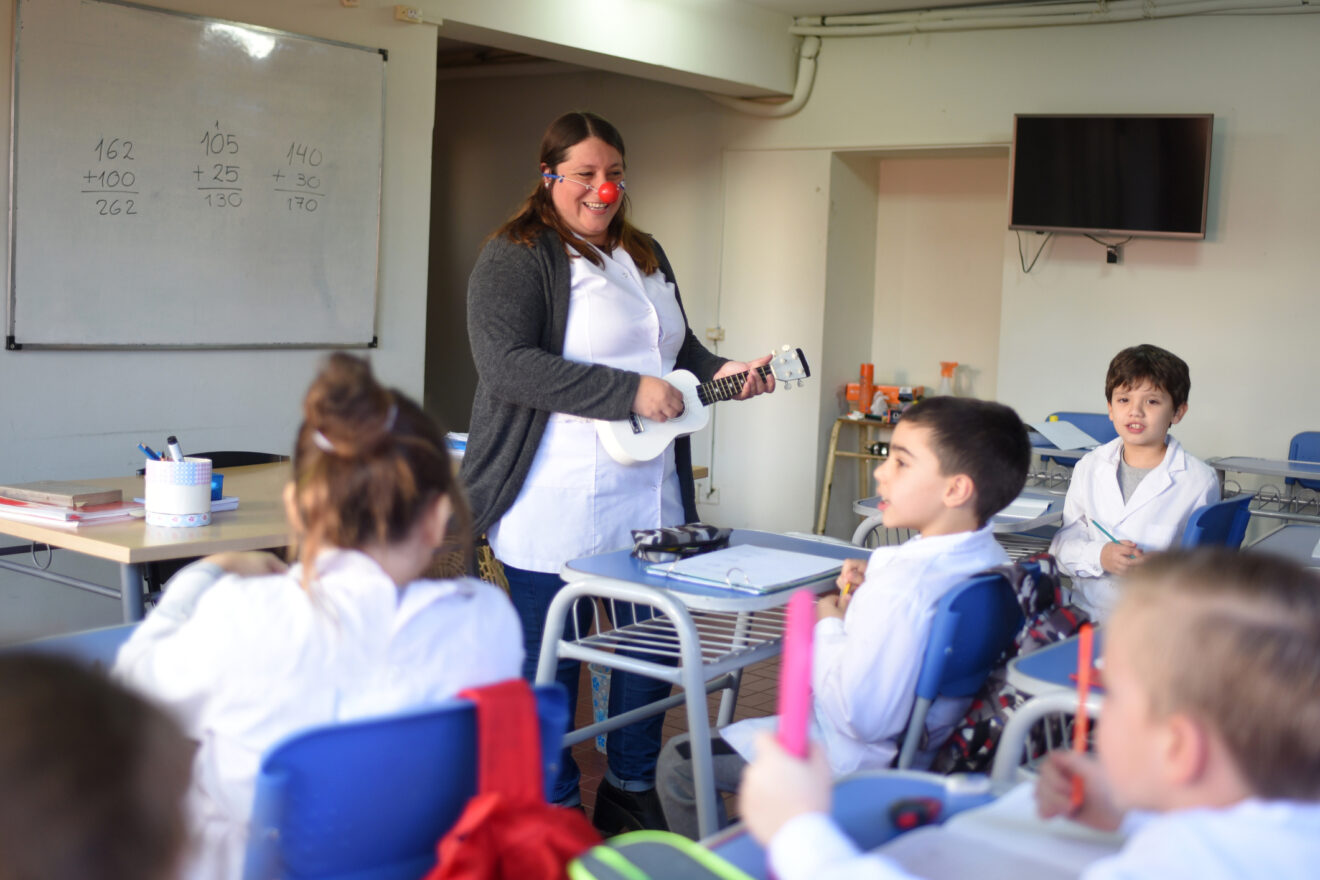Over the last year, I have written and presented often about the impact artificial intelligence has and will have on schools. Educators frequently cite plagiarism and bias as concerns. In fact, 65% of educators identify plagiarism as the most common problem with AI access.
These are genuine concerns. Plagiarism existed long before AI tools, and cheating will present new challenges with AI large language models. A simple yet effective way to respond to these concerns in schools is to teach and learn through stories.
Consider that students can effectively demonstrate understanding through the ancient art of storytelling. Model storytelling to learners. With concerns about how to assess students authentically, consider employing this age-old technique as a uniquely powerful practice.
We have come full circle
In ancient times, storytelling served as a primary focus for teaching. Educators and mentors utilized oral traditions to narrate historical events, cultural values and ethical principles. Children absorbed information in a memorable and engaging way. Storytelling is a life skill that offers the ability to weave a compelling narrative, resonating in the hearts and minds of an audience by strengthening the emotional connection and increasing understanding.
Public speaking is a significant fear since the experience taps our primal instincts about being watched and judged by others. Let’s explore a road map for conveying a narrative to improve learning retention that can be taught and used among educators and their students to lead toward higher levels of teaching and learning.
The method
Tell a story with humor and balance by using a powerful, inspiring or memorable message.
Humor, when properly conveyed, enhances the connection. Teach caution to avoid offense, and avoid sarcasm directed at anyone. You can engage your audience in humor about yourself. This often proves safe and endearing for adults. For students, engaging in humor around popular topics (a favorite professional sports team) is safe, unless they are older and comfortable with the adult method.
A well-timed knock on oneself can break the tension or boredom in a classroom, making the speaker’s topic more interesting. For instance, I often playfully interrupt a photo-taking spree for those aiming to capture content I am presenting with a lighthearted comment like, “Wait a second. Make sure you get my good side!” Laughter ensues and the atmosphere lightens, paving the way for a more receptive audience, ready to dive deeper into a story.
Storytelling seems most natural in subject areas like English, yet following a narrative also improves content learning in other subjects, like math. For example, eighth-grade students can learn slope/y intercept with the help of a story about walking from school to Starbucks and calculating the distance from school and time. Throw in some humorous experiences, like falling in the mud along the way, determined to get there. If your students are like mine, navigating to a Starbucks will perk them up (forgive the pun).

Not science fiction
Why does a story work so well in learning, especially new information? Mirror neurons create alignment between the speaker’s and listener’s brains. The replication of emotions and actions of the lived experience allows listeners to empathize and emotionally connect with the narrative. As individuals hear a story, their mirror neurons simulate the experiences described, fostering a link between the storyteller and the audience.
When a captivating story is told, specific areas of the brain light up on an MRI in both the storyteller and the listener. This neurological mirroring demonstrates how deep engagement occurs when individuals are immersed in a compelling narrative. Educators who understand this cognitive connectedness can transform the way they communicate with students, creating a more profound and lasting learning experience.
In a Ted Talk on the subject of teaching science through story, a science teacher suggests considering the reality of content in a high school textbook: Bacteriophage replication is initiated through the introduction of viral nucleic acid into a bacterium.
Teaching this same content in a much more comprehensible, humanized way makes understanding increase exponentially. Consider the same lesson reworded: These viruses can start to make more copies of themselves by slipping their DNA into a bacterium. The teacher discusses numerous ways to teach science through stories.
Stories offer such a uniquely powerful way to engage audiences because immersing listeners in a vicarious experience is where the magic happens. Both the storyteller’s and the listener’s brains demonstrate synchronized activity. It’s as if the listener is living the narrative themselves, creating a deep and lasting impact. Sharing stories is more memorable and profound than learning through straight facts, such as through a slideshow presentation.
An inspiring, heartwarming message projects farther
The second component of impactful storytelling involves weaving an inspiring or heartwarming anecdote together. These messages, rooted in authenticity and sincerity, create a profound connection with the audience, fostering an environment where participants hang on every word.
Incorporating humor and an inspiring message elevates your message and leaves a lasting impact. It transforms the act of speaking into a shared experience, creating a bridge between the speaker and the audience.
For teachers, incorporating storytelling into the classroom will enhance the learning experience. By sharing personal stories or integrating narratives into lessons, educators can captivate students’ attention, making complex subjects more relatable and memorable. It fosters a connection between teacher and student that extends beyond the confines of traditional teaching methods.
Students can harness the power of storytelling to express themselves, build confidence and connect with others. Post-pandemic, the loss of social developmental exchanges makes this even more valuable.
The power of a well-told story has the potential to influence, inspire and leave a lasting imprint on the hearts and minds of listeners. This method of in-class assessment of student understanding will be even more valuable as we look for ways to counter and leverage AI for its suitable purpose of expanding student learning.
Opinions expressed by SmartBrief contributors are their own.
_________________________
Subscribe to SmartBrief’s FREE email newsletter to see the latest hot topics on EdTech. It’s among SmartBrief’s more than 250 industry-focused newsletters.
